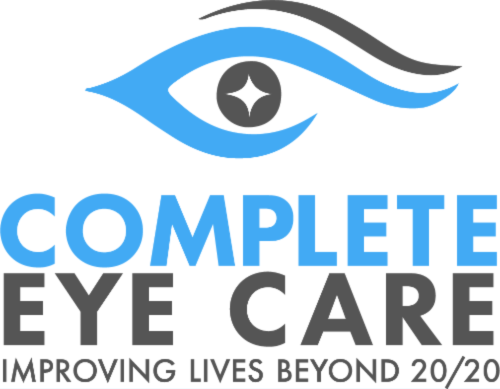What is Fusion?
Each of our eyes provides the brain with a more or less complete view of what is in front of it. In humans, the two eyes relate to one another in such a way as to produce a single image from two “pictures,” a right-hand picture and a left-hand picture. This union of images is carried out through a complex neurologic organization. The process of seeing singly occurs via two separate processes that take place in a sequential fashion.
Step One: Motor Fusion
Our two eyes move under the influence of six pairs of extraocular muscles that function in a yoked manner. The ultimate role of the extraocular muscles is to move the eyes together toward, and then maintain fixation upon, an object. These two functioning units, right eye plus extraocular muscles and left eye plus extraocular muscles, initially meet at the occipital cortex in the brain. Their binocular vision capability is consummated through integration in the brainstem and, finally, is expressed through the cranial nerves, which supply the extraocular muscles. The purpose of this visual motor feedback mechanism is to maintain alignment of the visual axes on an object while the person viewing and/or the object is either changing positions or remaining stationary. Fixation is maintained through a series of teamed movements of the eyes whereby they move together in the various directions—right, left, up, and down, or a combination of these movements. Binocular yoked eye movements are called versions.
Step Two: Sensory Fusion
When our eyes team together to locate an object, our brain can interpret the two inputs of visual information and combine them to form one cortical image. This is initiated by signals sent from corresponding points of each retina. The most notable of the corresponding retinal points are the two foveas. The fovea is the retinal location responsible for the best visual acuity. Away from the fovea, the two retinas relate such that each point in the right retina has a corresponding point in the left retina. Specifically, the right nasal retina contains points that correspond to their counterpart in the left temporal retina, and vice versa. By this scheme, the two eyes produce a single cyclopean eye. When stimulation of corresponding retinal points or areas produces single vision, normal retinal correspondence is said to be present.
Motor fusion must be achieved to allow an opportunity for sensory fusion to occur. However, it is not a given that motor fusion automatically gives rise to sensory fusion. Has your child’s vision been checked lately? If your loved one is struggling with vision fusion, call us to schedule an appointment to discuss the ways vision therapy can help!
The Levels of Sensory Fusion
Simultaneous Perception – the ability to see two dissimilar objects at the same time.
This does not imply that both eyes see the same object nor that the objects are superimposed. In a controlled activity, right eye sees a drawing of a house and left eye sees a drawing of a dog. With both eyes, the dog can been viewed as inside the house.
Flat Fusion – the ability of the eyes to produce a composite picture from two similar pictures each incomplete in a small detail.
Each picture contains some identical contours. For example, the right eye may view a clown with a flower in its left hand and the left eye views the same clown with a ball in its right hand. With both eyes open, the clown seen by each is fused as one clown with the items in its hands.
Stereopsis – the ability to produce a three dimensional or floating image from two similar objects.
The similar pictures seen by each eye include a slight offset nature such that each picture is not truly superimposed onto the other but laterally displaced relative to each other. The lateral displacement (disparity) is converted into depth (stereopsis) by the brain.
If the two eyes have difficulty aligning or sending visual signals to the brain for any reason, stereopsis may not be seen. It is possible to achieve lower levels of simultaneous perception and even flat fusion with an inconsistent visual system. Strong stereopsis may only be viewed by those with consistent and efficient motor and sensory visual systems.
Sources:
Rosenbaum, A. “Clinical Strabismus Management: Principles and Surgical Techniques”. David Hunter, 1999.
Cybersight. Diplopia http://www.cybersight.org/bins/volume_page.asp?cid=1-2630-2689-4769. Accessed Aug 2016.
